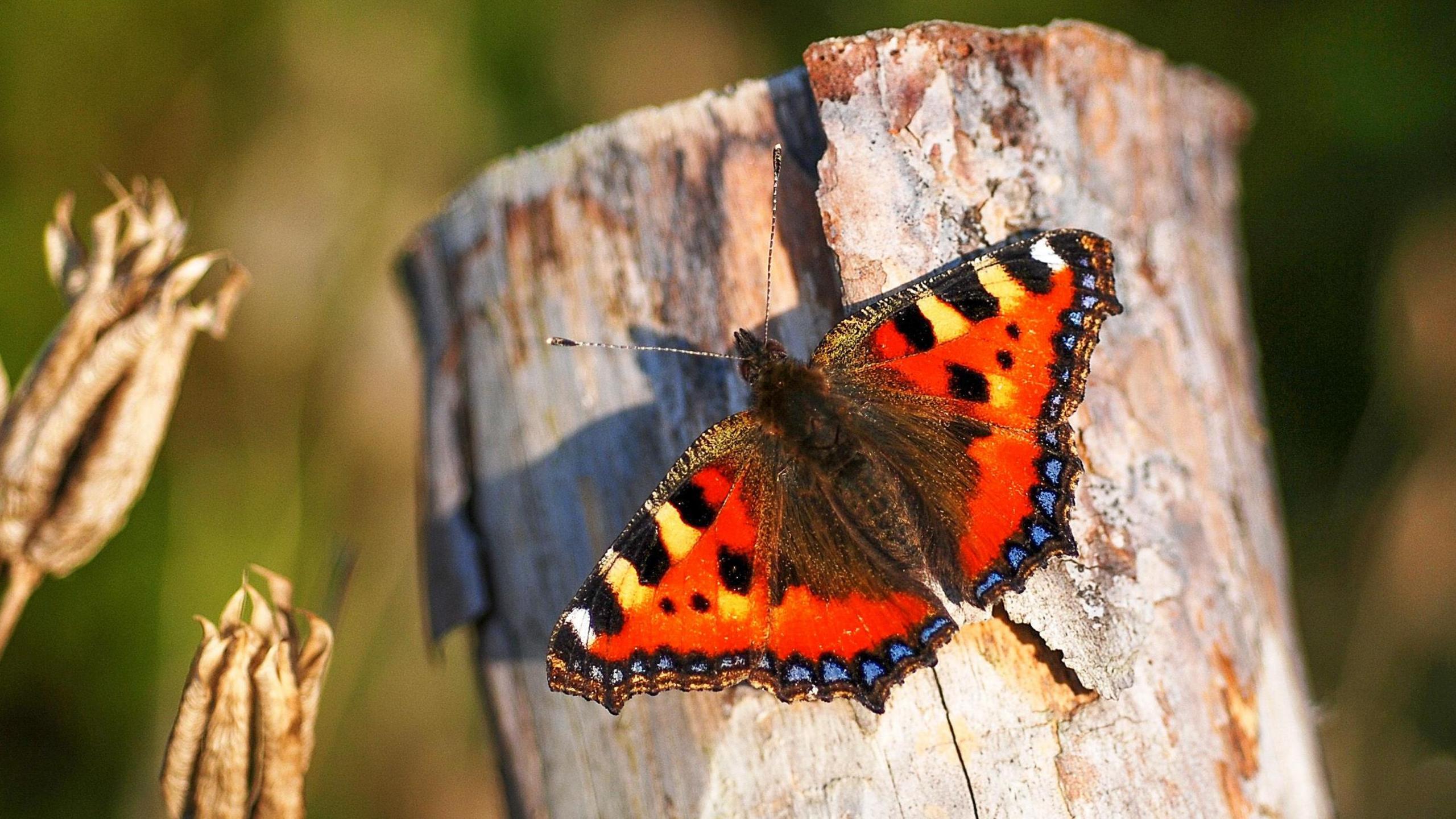Butterfly habitats created to help rare species
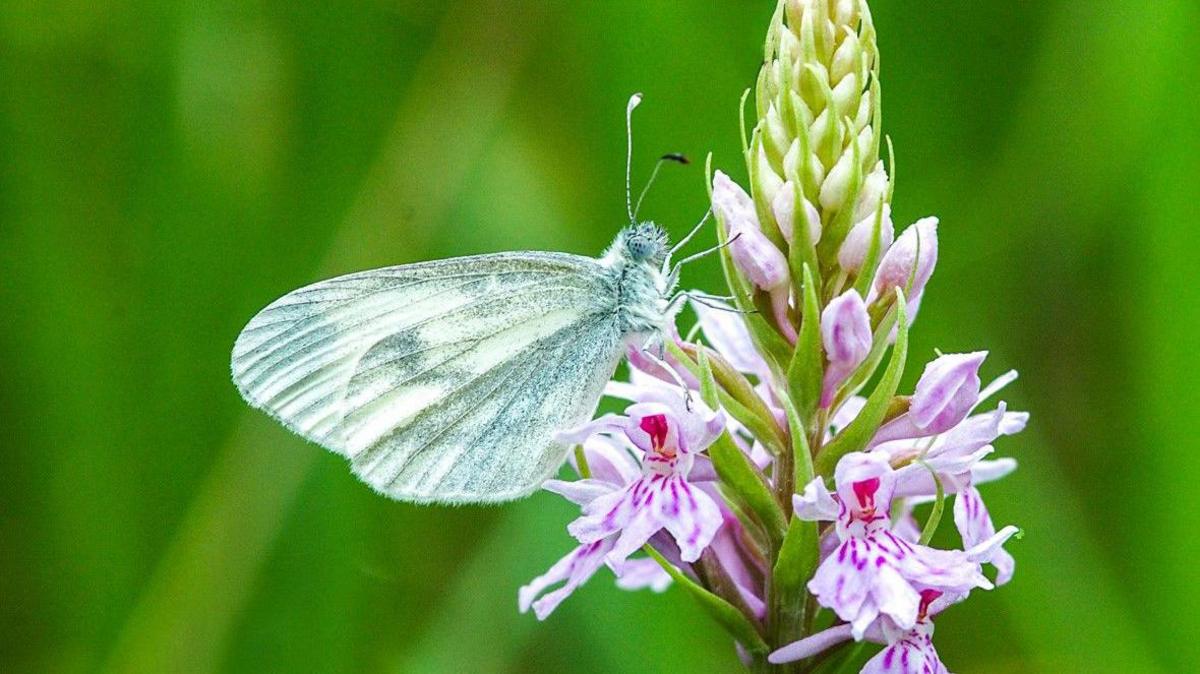
Work at Forestry England's Hay Wood in Warwickshire was designed to help encourage Wood Whites butterflies
- Published
More than 60 hectares (148 acres) of new butterfly habitat have been created in the Midlands in a bid to help rare species.
The four-year project at nature reserves in Worcestershire, Shropshire, Staffordshire, Warwickshire and Nottinghamshire has been led by the Butterfly Conservation charity.
Hundreds of volunteers have given up their time for the Butterfly Mosaics scheme, funded by Severn Trent Water, which has seen grasslands given a makeover.
In Shropshire, brambles were cleared to create space for caterpillar-friendly plants and the county's wildlife trust then brought in goats to maintain the area.
Butterfly Conservation said the Prees Heath Common nature reserve, near Whitchurch, was the last sanctuary in the Midlands for the Silver-studded Blue, which had declined 44% since the 1980s.
Elsewhere in the county, people worked on the slopes of Earl's Hill to create habitat for the Grayling - a spotted brown-and-orange butterfly that had decreased 72% since the 1970s.
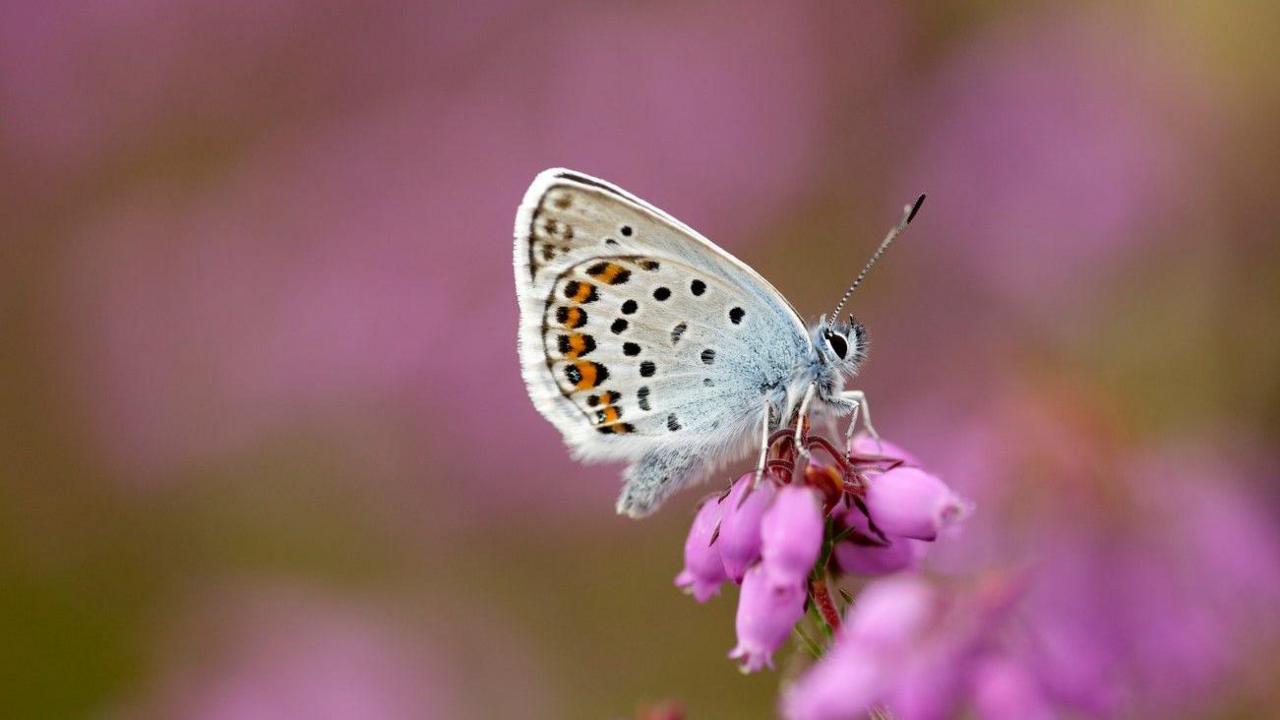
Prees Heath Common nature reserve is a sanctuary for the Silver-studded Blue
Butterfly Conservation said it was grateful to Forestry Commission, Forestry England, Sustrans, wildlife trusts, councils and private landowners for their support on the overall project, which ended in March.
Midlands conservation manager at Butterfly Conservation Rhona Goddard said trees had been planted for butterflies to breed on and stones put down for them to sunbathe on.
Ms Goddard said last year was one of the worst on record for "common and rare butterflies in the UK, and one of the biggest problems is destruction of habitat over the past century".
But she added this kind of partnership working was a "beacon of hope".
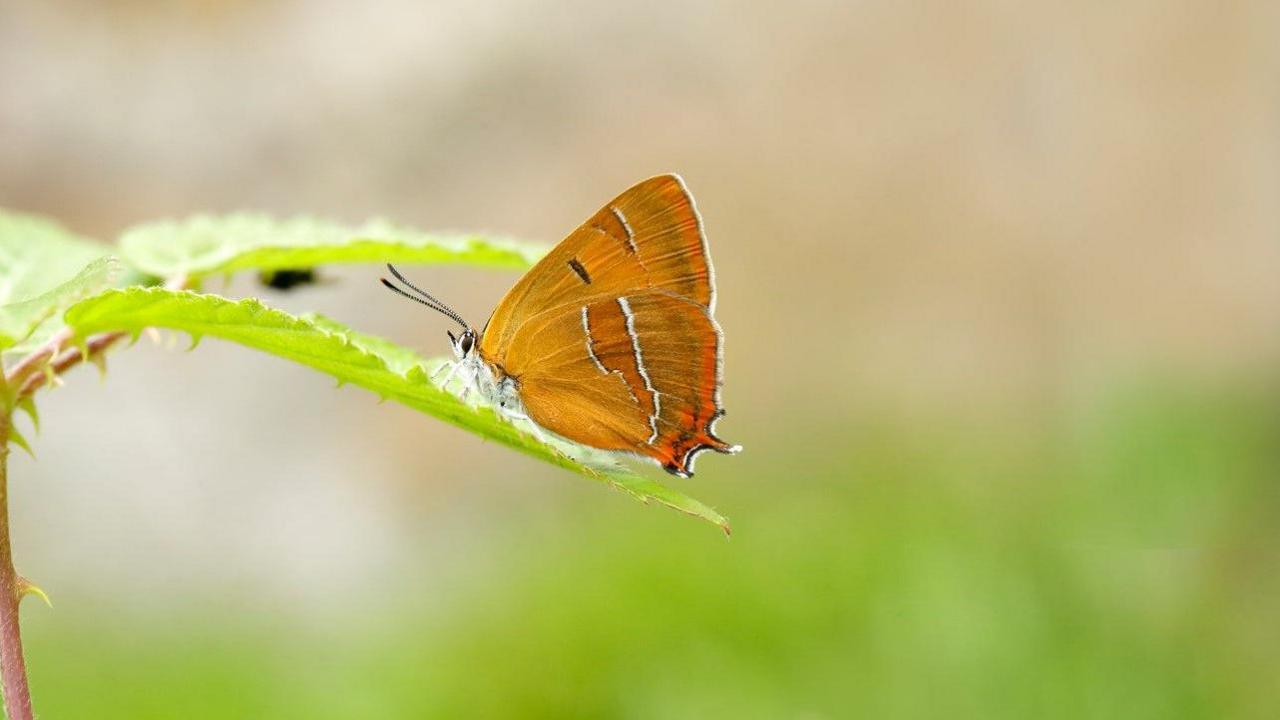
Bushes where Brown Hairstreak butterflies lay their eggs have been cut back in Worcestershire
In Worcestershire, Grafton Wood nature reserve was also improved.
Using a robotic mower and other machines, woodland areas were opened for the Wood White, which had declined 82% since the 1970s.
Bushes where Brown Hairstreak butterflies lay their eggs were cut back, "creating fresh growth which they prefer", the charity said.
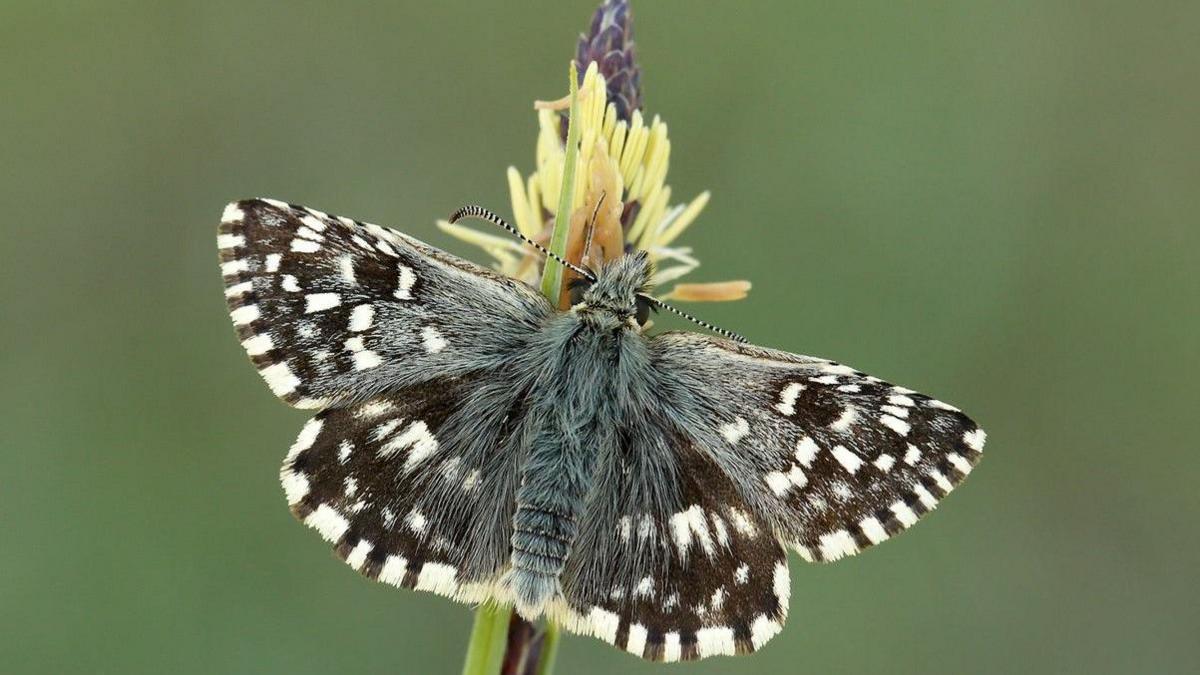
Habitat for the Grizzled Skipper has been created at private sites in Nottinghamshire
In Nottinghamshire, habitat was created for the Grizzled Skipper at several private sites using bags of rocks.
People expanded woodland areas for Wood Whites at Forestry England's Hay Wood in Warwickshire and planted disease-resistant elm trees at other Forestry England sites.
In Staffordshire, bracken was cleared at Cannock Chase Country Park to create more habitat for the Small Pearl-bordered Fritillary - an orange-and-black butterfly which had declined 66% since the 1970s.
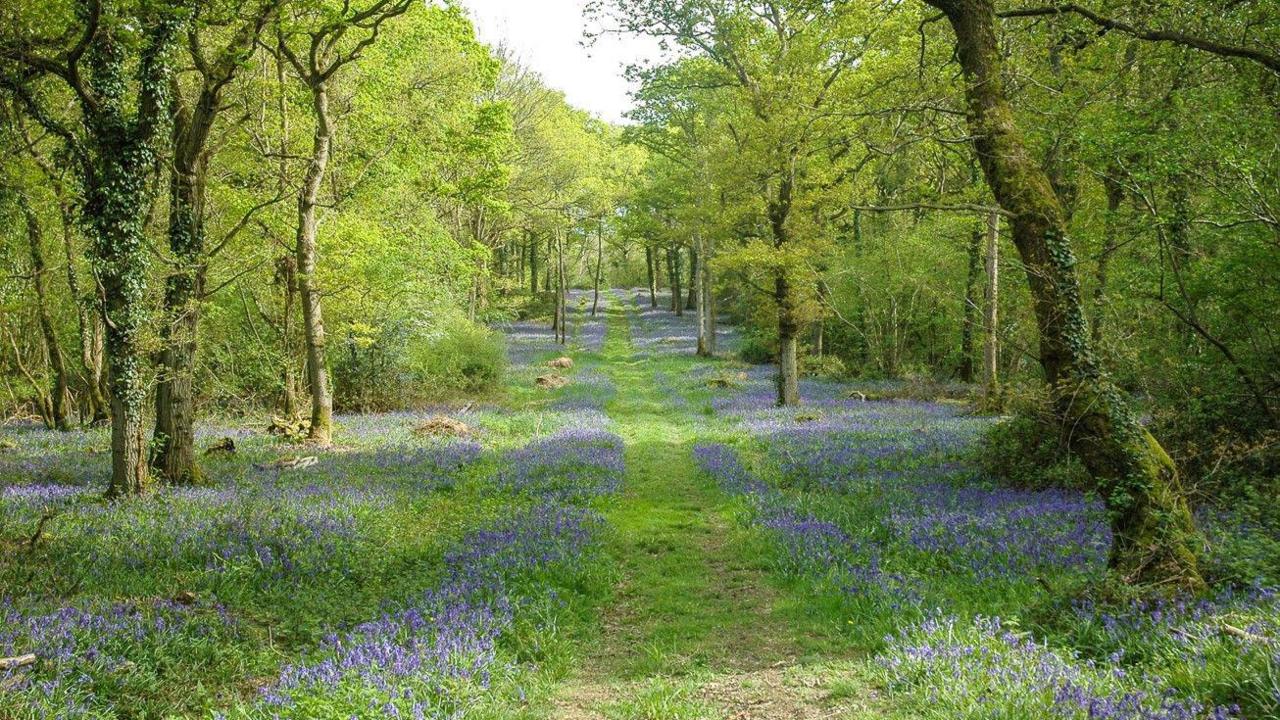
Improvements have been made at Butterfly Conservation's Grafton Wood nature reserve to help rare species
Ms Goddard said the charity would love people to visit its reserves, but added: "We just ask people to remember that these are sensitive sites, so please be courteous and careful."
Get in touch
Tell us which stories we should cover in Warwickshire
Follow BBC Coventry & Warwickshire on BBC Sounds, Facebook, external, X, external and Instagram, external.
Related topics
- Published28 April
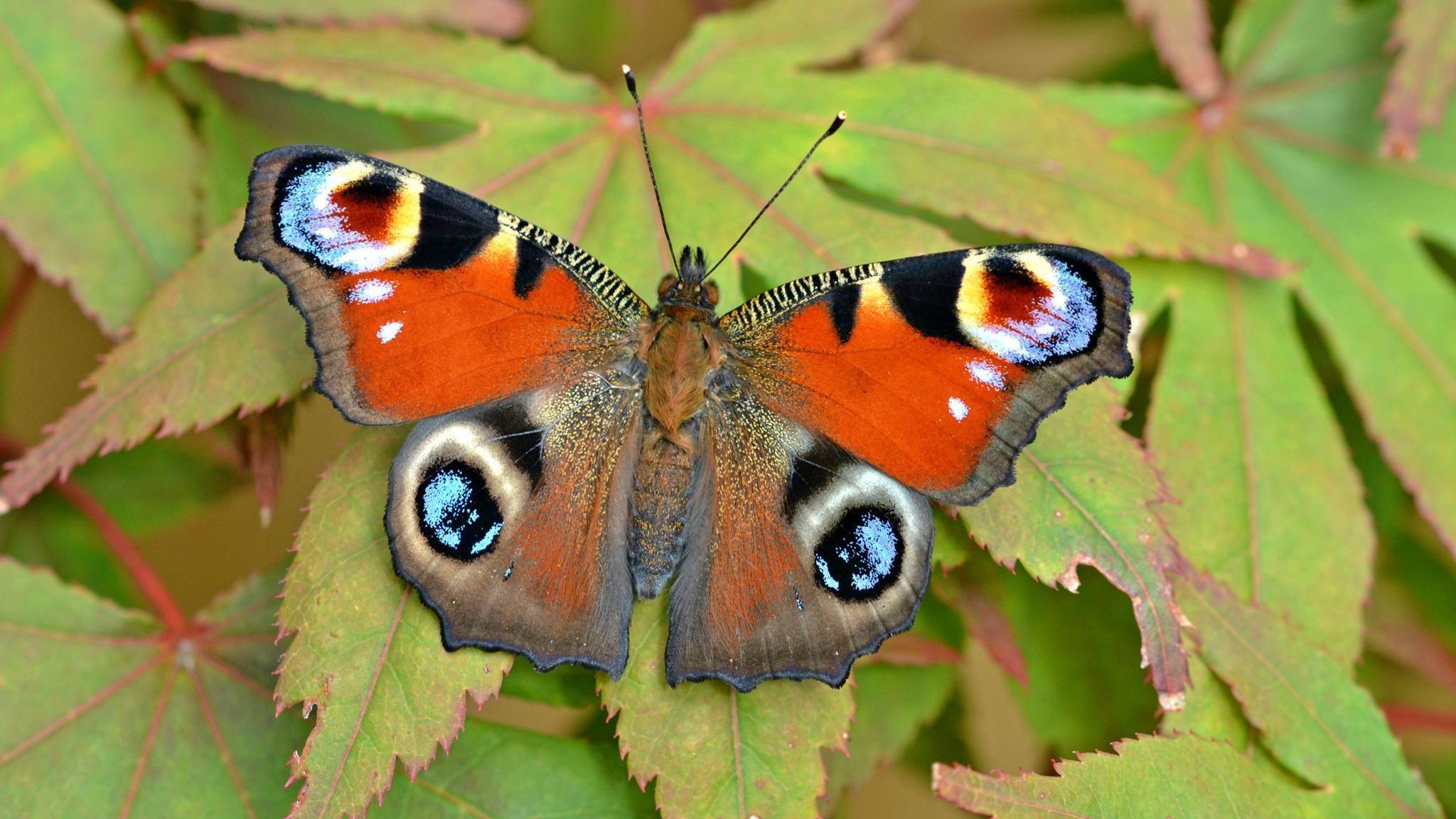
- Published10 April
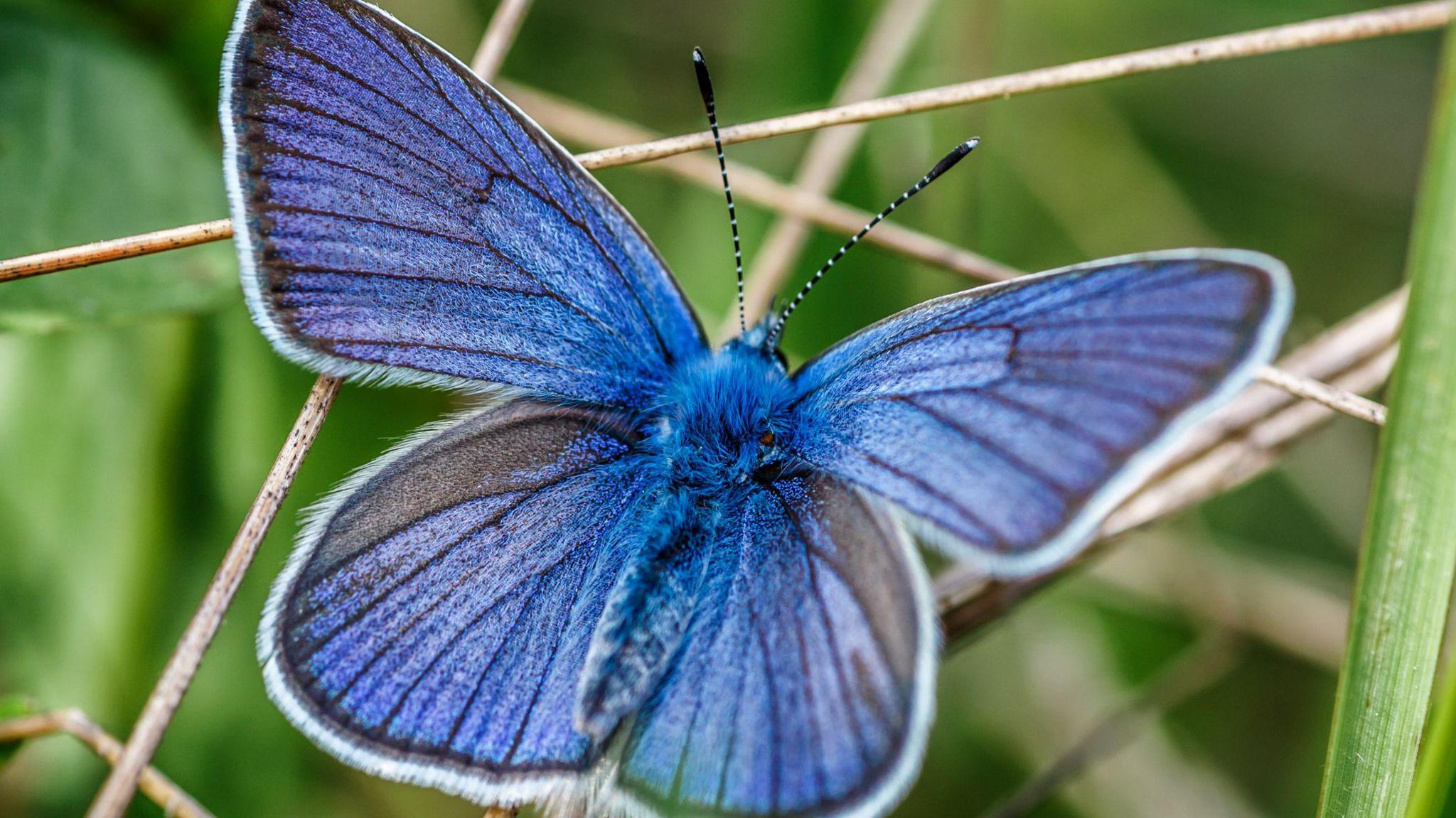
- Published4 April
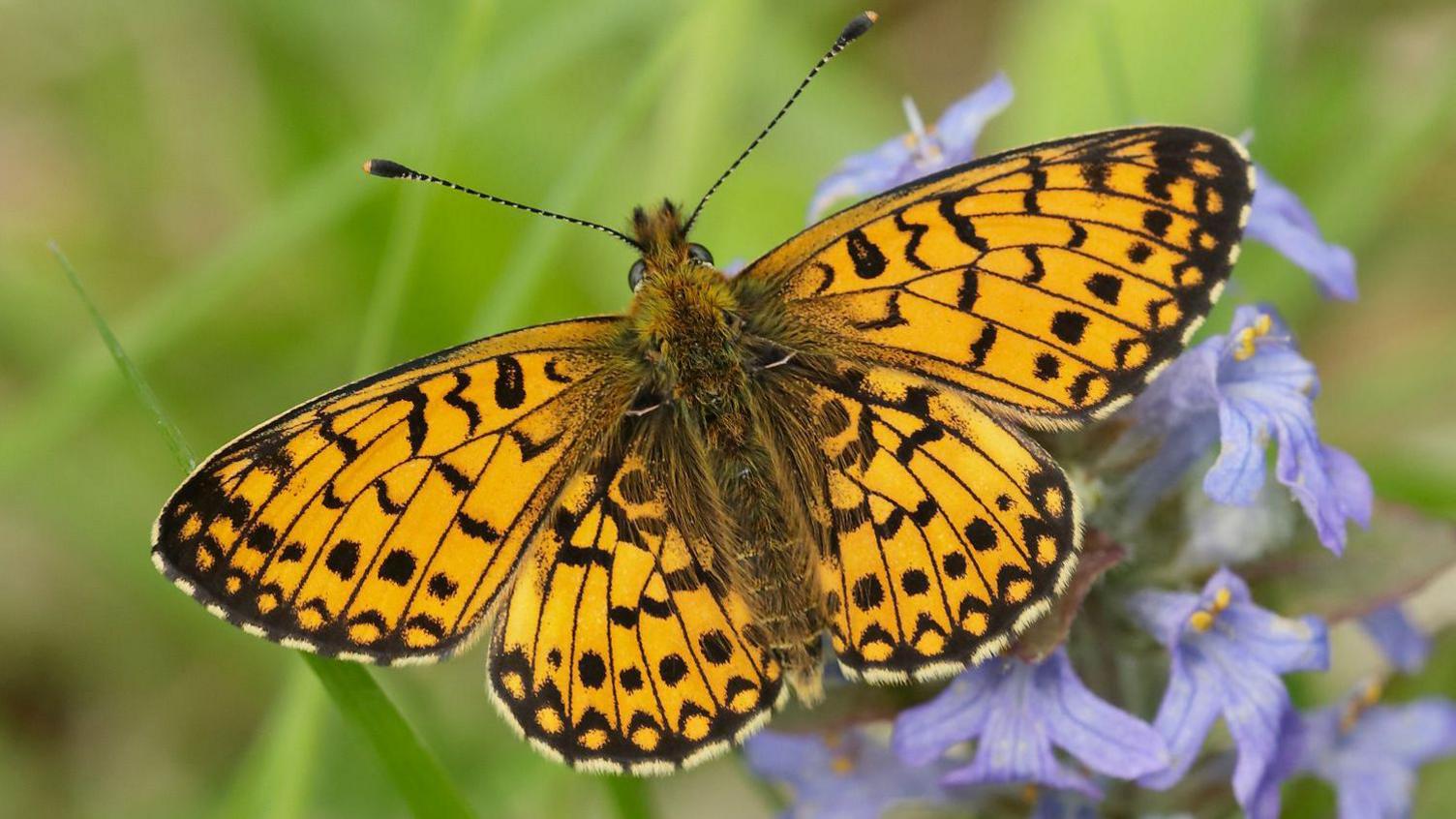
- Published2 April
